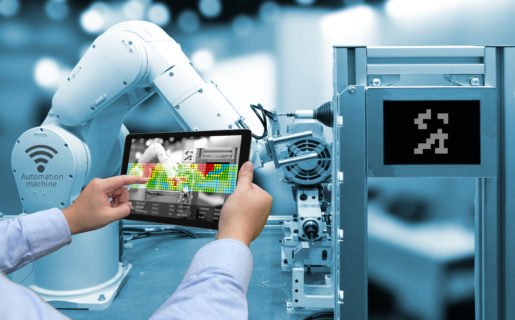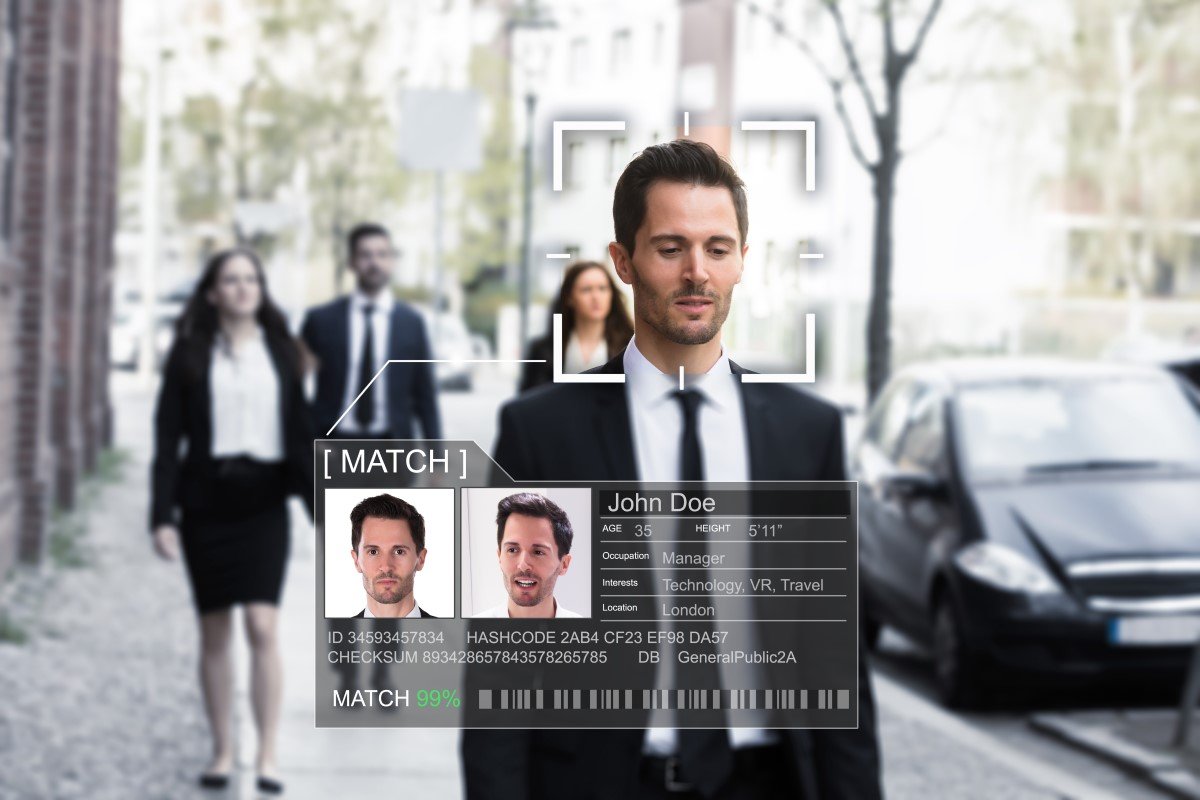For some people, “assembly” sounds like one of the strictest tests in the manufacturing process. Nevertheless, anyone who has ever put together a flat-pack furniture piece knows that it can be surprisingly (though frustratingly) complex. Invisible Artificial Intelligence is a startup. Its aim is to monitor people that do assembly tasks using computer vision. It helps maintain efficiency and safety. It will happen without succumbing to the apparent all-seeing eye pitfalls. A seed of $3.6 million round must help get them going.
The company made a self-contained camera-computer unit. Thus, that unit runs a highly optimized computer vision algorithms for tracking the movements of the people they see. It compares those movements with a set of canonical ones (who is performing the task correctly). Thus, the system can identify problems and watch for mistakes in the workflow – injuries, missing parts, and so on.
Naturally, that sounds like the kind of thing that is resulting in a brutal computer overseer that punishes workers every time they fall below steadily rising and artificial standard, right at the outset. Nevertheless, Amazon probably already patented that. Eric Danziger is the co-founder and CEO. He was eager to explain that this is not the idea at all.
He said that the most critical parts of that product are for the operators themselves. That is skilled labor, and, in their work, they have a lot of pride. They are the ones in the trenches doing the job. Thus, correcting and catching mistakes is a massive part of it.
Assembly Tasks
Danziger said that those assembly jobs are fast-paced and athletic. You must remember the fifteen steps you have to do, the move on the next one, and that may be a different variation. He continued that the challenge keeps all that in your head. The aim is to be a part of that real-time loop. Moreover, Danziger says that when they are about to move on to the next piece, we can provide a double-check and tell, “we think you missed step 8.” Thus, that will save a large amount of pain. It may be as simple as plugging in a cable. Nevertheless, to catch it, it is difficult – if it has after the vehicle has been assembled, you will have to tear it down again.

That kind of body tracking exists for various reasons and various forms. For example, Veo Robotics is using depth sensors for tracking an operator and exact positions of the robot to prevent collisions dynamically.
The challenge at the industrial scale is less about how we track the movements of a person in the first place. Nonetheless, it is more about how we can easily apply and deploy the results of monitoring a change of person. After all, if the system takes a month to install and days to reprogram, it does no good. Thus, invisible artificial intelligence is focused on administration and installation’s simplicity. Moreover, it does not need any code and is entirely edge-based computer vision.
The aim was to make it as easy to deploy as possible.
















